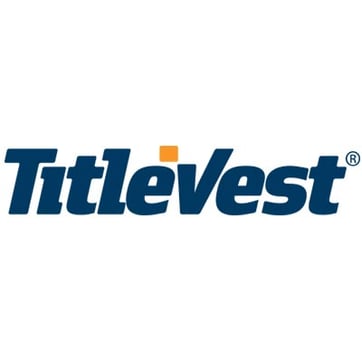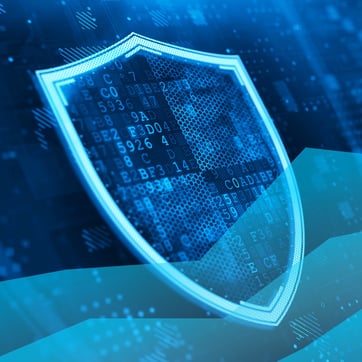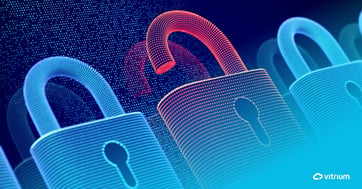Vitrium Systems' PDF tracking, PDF control and PDF lead generation software does not require special PDF readers, plug-ins or software installation. Protectedpdf, PDFSalesLeads and docmetrics are user
What is a Virtual Data Room and How to Create One
In an age when confidential data and digital assets are more valuable than ever, it’s become increasingly critical that companies take measures to protect their intellectual property. The security-conscious are turning to virtual data rooms for both digital asset protection and peace of mind. When combined with a digital rights management solution, you have not only created a virtual space online that is locked from outsiders, but each item within that space is encrypted and protected with an added layer of security as well.
What is a Virtual Data Room?
Perhaps Investopedia defined it best when they said, “A virtual data room (VDR), also known as a deal room, is a secure online repository for document storage and distribution.”
They went on to say, “It is typically utilized during the due diligence process preceding a merger or acquisition (M&A) to review, share, and disclose company documentation.”
However, we would venture to say that VDRs have a place in more than just M&A matters. For example, having a VDR for an educational content provider to host all the digital content that they sell to schools, teachers, or even whole school districts, where teachers or students can log in from their favorite device to access their eBooks, video content, study materials and more.
Other use cases for a secure virtual data room (VDR) include:
-
-
-
Financial research firms to protect and distribute their financial research or price reports
-
Manufacturing or technology companies to protect and distribute their confidential digital assets such as design specs, training manuals, price sheets, or other content for their partners, suppliers, contractors, or employees
-
Any corporate or organizational boards to protect and distribute board minutes, financial documents, company strategy documents, and other confidential content of this nature
-
-
How a Virtual Data Room Works and Why They Are Useful
Like it sounds, a VDR is a virtual storage area built online. Documents, videos, images, and other files that otherwise might be at risk of being leaked or outright stolen are held in a secured cloud environment.
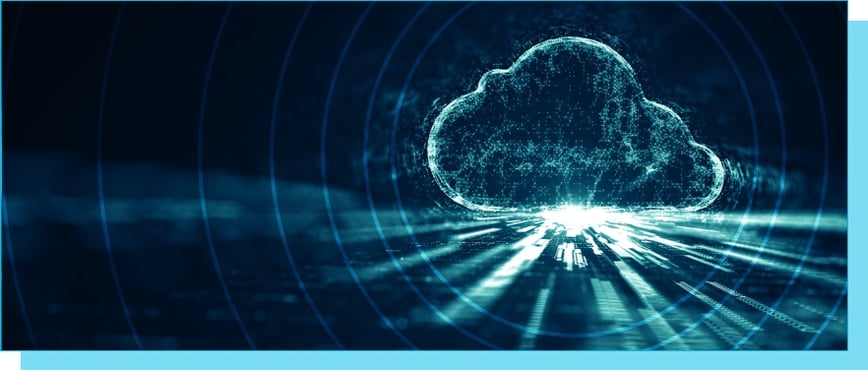
A VDR is also considered to be relatively secure because actions such as copying, printing, and forwarding of digital assets may be disabled and usage tracked. But a VDR with additional file-level protection and more granular digital rights management (DRM) policies can provide more remarkable security, control, and tracking for the organization.
The host (or organization who purchases the VDR software) will upload their files into the software selecting those various options we just mentioned (blocking printing, downloading, and forwarding) and then assign permissions to a certain group of users who can access the files.
More advanced VDR systems will allow the host to apply additional DRM controls to different users or different groups such as setting expiry dates, device limits, open limits, country or IP address restrictions, and more. The user (who's been provided access) then logs into the VDR which is often a secured URL. More advanced VDR systems will provide customization options for the host so the user won't often realize the VDR is being hosted by a 3rd party provider.
There are several benefits to using a VDR, but the number one reason they are so helpful to both hosts and users is that they allow authorized users to access pertinent digital assets within a single portal from anywhere. The host won’t have to worry about issues such as unauthorized access, leaks, or loss of revenue. The user will have seamless access to what they need when they need it. No complicated email protocols, no downloading of software, apps, or plug-ins - the user just logs in to the secure portal with their credentials, and views anything the owner of the VDR grants them access to.
Why Adding DRM & File-Level Protection Enhances a Virtual Data Room
The right way to create a VDR is to combine it with digital rights management (DRM) policies. The reason for this is that it adds an extra layer of security to your digital assets. While the VDR can prevent unauthorized users from logging in, in the event they do somehow gain entry, DRM policies applied at the file-level will signal the host if something is amiss.
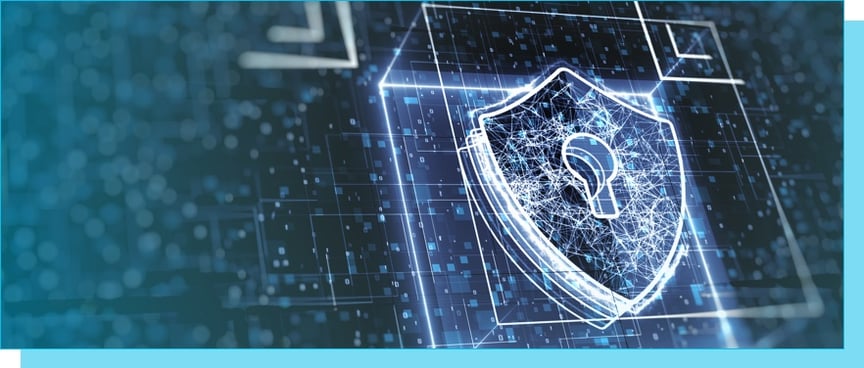
Let’s say an employee has been fired or is leaving a company for some other reason. If, after their last date of employment, they are still accessing the VDR and files from their personal computer, the company will be able to see which user was viewing them (or that an unknown IP address was accessing the digital assets), signaling the company to investigate and/or revoke access.
If the host has allowed files to be downloaded, most VDR systems in the market today do not protect that downloaded file. So now the employee who left the organization has access to all the unprotected files on their computer which could lead to trouble - leaks to competitors or media, piracy of content such as reselling the content or posting the content to other websites.
In fact, this could occur even by authorized users! By adding file-level protection and DRM controls to content that is downloaded, you're not only protecting the 'house' that you store the documents in, but you're also protecting the 'contents of that house'.
Think of a robber trying to get into your house...your first level of security is to lock your door but many door locks can easily be picked so then you might install a security camera so you can track the robber and you put your valuables in a safe. These are additional levels of security and control, which is similar to adding DRM policies to content in a VDR.
Bottom line - Having two layers of protection for every piece of intellectual property your company has makes it that much more unlikely that unauthorized users get their hands on it.
Your Virtual Data Room with Vitrium
For the better part of two decades, our clients have entrusted us with the protection of their valuable digital assets. They know that when they develop a VDR with us, they are effectively creating an online vault with multiple layers of security.
Our secure data rooms take just minutes to set up, and you can add your logo and colors to match the branding of your business. From there, all the confidential data you load to your VDR is protected, and you can assign more than 20 different content protection controls to each individual item or to different types of users.
Perhaps you want to set expiration dates, device limits, or print limits for certain users, or restrict access to certain IP addresses, or protect the downloaded PDF documents - Vitrium makes it easy to encrypt and protect your intellectual property without plug-ins or apps. We’d be honored to help your company secure its digital assets as well.
Click here to learn more about our secure VDR solution with added DRM capabilities.


